Getting Started with UX Writing
With the annual salary reaching $97K, the job of the UX writer has been successfully attracting a lot of people who work as copywriters. But there’s a problem. Many make a mistake by thinking that writing microcopy (the copy for user interfaces) would be an easy transition to make.
I thought that’s going to be the case, too. So, I ended up spending a lot more time learning and researching what makes UX writing work. The truth is that microcopy is inherently different from marketing copy, and your experience with copywriting might not be that relevant. To get a head start in UX writing, you have to know the essential rules that make it work, which are different from copywriting rules.
Forget What You Know About Short Copy
As someone who has experience with writing content – or reading it – you might have an idea about what concise copywriting is. Suppose that you’re working on the microcopy for a booking app.
Here’s the assignment that you received:
Write an in-app notification to let the users know about a limited-time hotel booking deal. The idea is that if the 3-star partner hotel is ready to reduce the price by 10 percent if the app’s users book a room during that day.
There are no promo codes or anything like that, so the user just needs to be registered in the app to make the reservation. Make sure that the user understands that the deal is time-limited.
The character limit is 40 characters (excluding spaces).
This task might be a bit challenging for a beginner. If you need some help, here’s a good way to write it:
“Book today to get 5% off your hotel booking back!”
That’s it. Simple and informative.
Here’s why it’s just enough to do the job:
- it conveys the most important message – book today to get a discount
- it shares the specifics that the users need to know (the time limit and the size of the discount)
- It’s within the character limit (39 characters).
There’s no need to explain the whole thing and give all the details. For that, you can have a separate page with the explanation, but we’re writing the in-app push notification, so we need to be as short as possible while maintaining the essence of the message.
And, look how nice this microcopy looks on Android and iOS. The message fits the screen well, so the user will definitely read it completely.
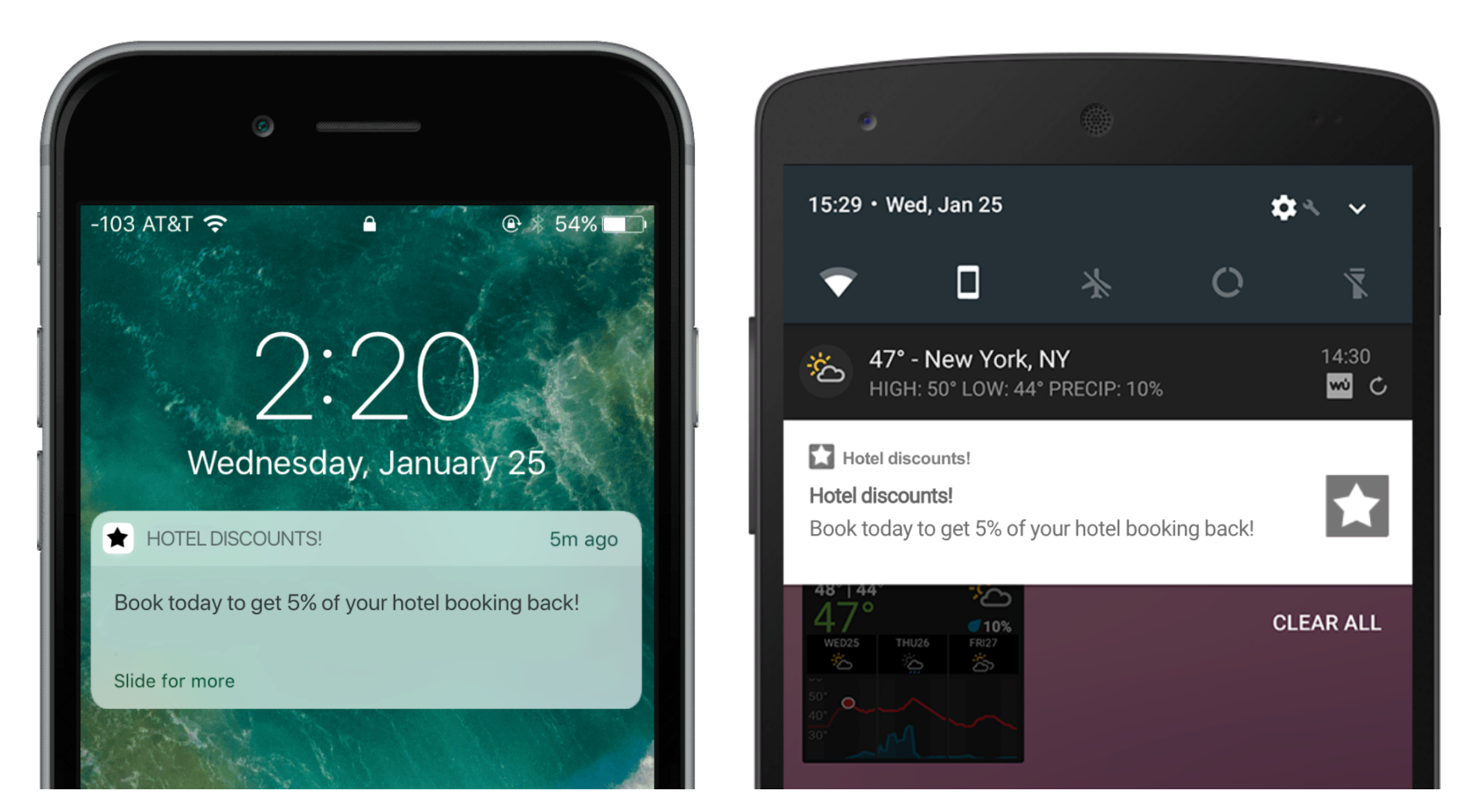
Apply the same approach to all micro-content you write for practice or work: website text, in-app notifications, menu descriptions, FAQs, and so on.
Remember: too much copy quickly overwhelms users.
That’s why wordiness is the first sign of a poor user interface. Microcopy isn’t just about making the text as short as possible. It also has to make sense for those who use your digital product.
Check and Re-Check if Your Microcopy Makes Sense
One of the major goals of UX writers is to ensure that a user’s first experience with a digital product doesn’t turn out to be the last one. In addition to your microcopy being very short, it should also be meaningful and unambiguous to the user.
Here’s a four-step process that I recommend:
- Read the copy out loud. Believe me, you can spot many inconsistencies, awkward sentences, and many other mistakes by reading a text out loud than to yourself
- Have another person read it. Someone who wasn’t involved in the writing process can be a huge help by pointing out something that’s unclear
- Use Hemingway Editor. It gives a readability score based on the complexity of words, length of sentences, the use of active/passive voice, and other indicators
- Get feedback from real users. Ask your UX researcher for some in-person observation and testing.
The last thing to check with your team is whether your microcopy aligns with the expected user experience. For example, here’s how Zoom lets the visitors know what kind of call they’re choosing. Not only the microcopy makes it clear how the call is going to be made, but it also helps the user make an informed decision from the very beginning.
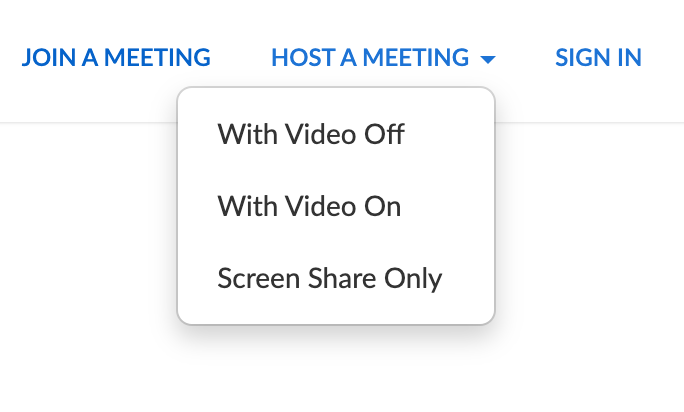
This sets the expectations early on and doesn’t confuse the user later.
Speak to Users Directly
One way to conduct a conversation with the user is to write in an active voice. It’s clearer, stronger, and faster for people to understand and interpret.
Example of active voice “He wrote the microcopy for a travel app.”
Example of passive voice: “The travel app’s microcopy was written by him.”
See how different they are? Obviously, both copywriters and UX writers choose the first option.
“Passive voice-based sentences are often too wordy, which introduces unnecessary complexity,” says UX writer Bridgette Hernandez, “On the other hand, active voice reduces the number of words and makes sentences clearer.”
Besides that, an active voice is a better choice for driving user action.
For example, here’s a newsletter sign up form at Booking.com. The microcopy is action-driven thanks to active voice and identifies the step that the users need to take.

As a result, you have a much better chance to drive user action and increase the clarity of available features.
Another important consideration is the authenticity and personality behind your microcopy.
Bleacher Report app for sports fans who may have used a compound bow, for example, uses language they will find familiar and engaging.
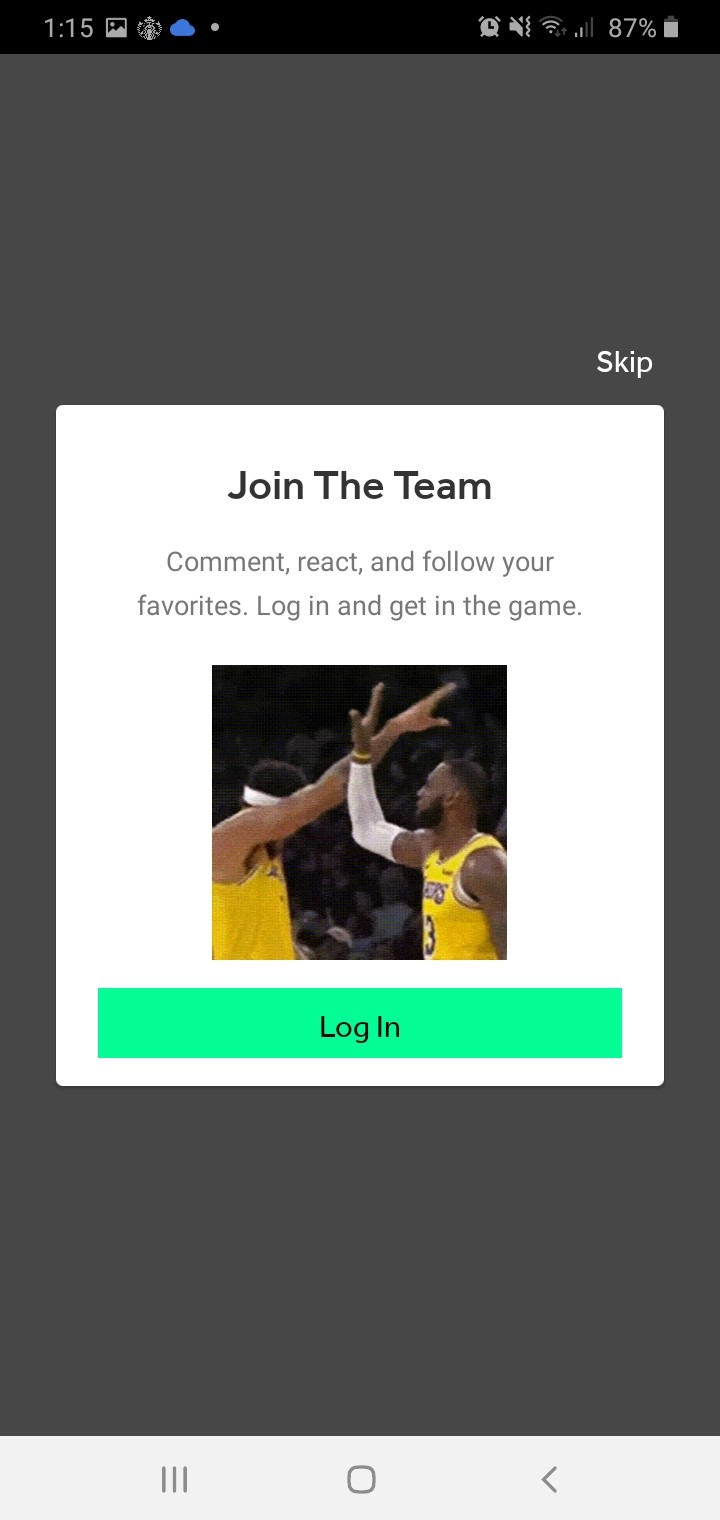
Here’s another great example, this one from Booking.com, too, that shows how the conversational text and active voice and engage, inform, and guide.
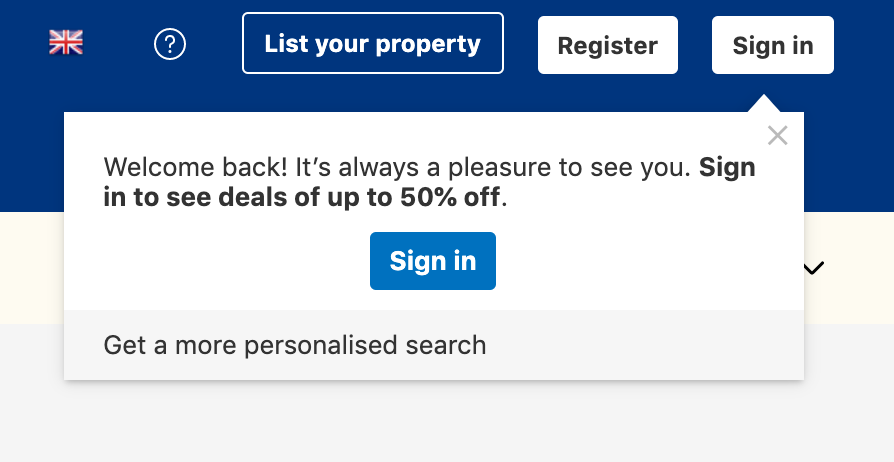
Not only that means using simple language and active voice, but also a warm, upbeat tone with “you” to make the user involved in the conversation.
So, can’t stress this one enough: your microcopy is your side of the conversation with the users. Make sure they a good one with you.
Write from the End to the Beginning
This technique applies to microcopy used in complex digital products as apps.
Accordingly, you should start with the last stage of the user journey with the digital product. Say, for a travel app, that could be a completed reservation of a hotel.
The trick is to trace the steps back to the first one. This way, you can identify everything that the users need to do to get to the goal as fast as possible. If you haven’t already, consider building a user journey. It’s a complete map of touchpoints between the user and the digital product that the former takes to achieve their goal.
Here’s how a simple user journey map for a travel app might look like.
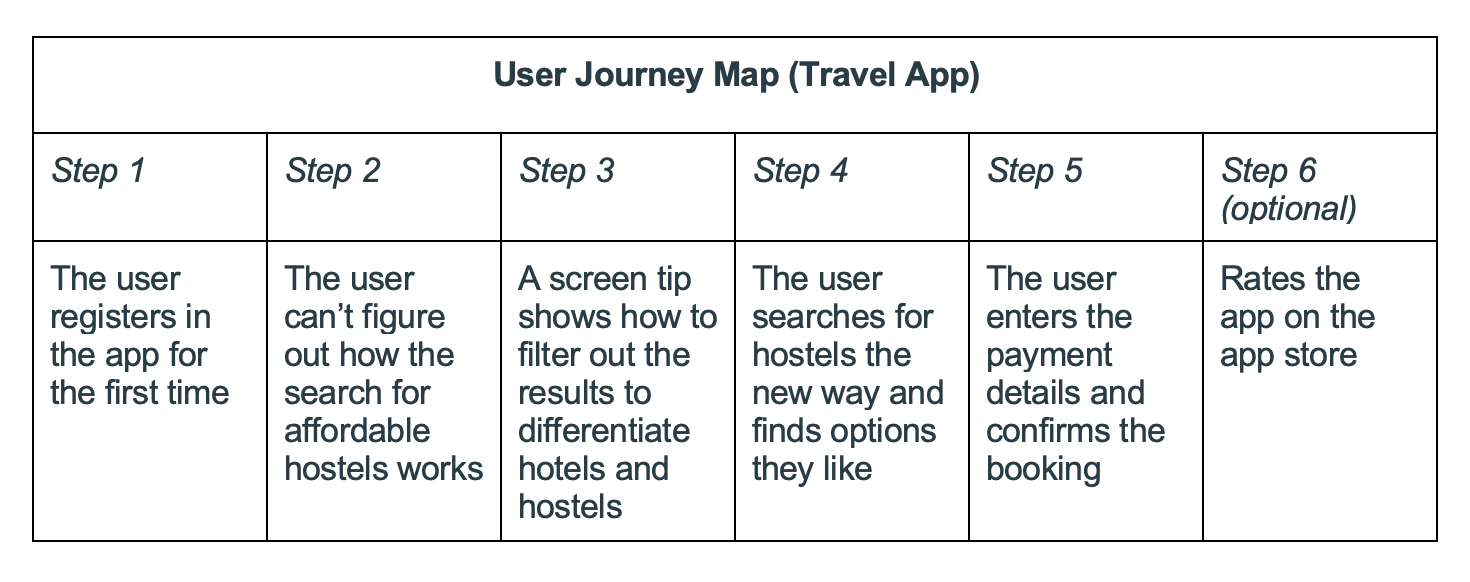
The journey map helps the UX writer understand how people experience the product. In the process, you can also learn about their unique motivations, goals, and possible frustrations that occur along the way.
For example, while doing some UX research, you might find that the search feature might be a bit too complex and non-intuitive for first-time users. This calls for some additional assistance, which could be delivered as on-screen notifications or tooltips.
Add to your UX research toolkit: User Journey Resource List.
Prepare for Revisiting Your Microcopy
UX writing is a time-consuming task. If you do everything right, the first version of your microcopy should be pretty good. But you’ll discover more opportunities for improving it as you do more testing.
So, don’t expect your microcopy to work like a charm the first time. It doesn’t have anything to do with your skills, really, because the needs of the users evolve all the time.
So, be in the constant improvement mindset when it comes to UX writing. Remember, as a UX writer, you’re an advocate for users, so if they find something not quite right, you need to listen.
More UX Writing Resources
Now that you know the essentials of writing microcopy, you can be more confident in taking your first projects or continue your journey with an updated skill set and perspective.
Here are some more practical tips to help you along the way:
- Ultimate Guide: How to Break into UX Writing
- How to Showcase Your Experience: Building a UX Writing Portfolio That Gets You Hired [+ Examples!]